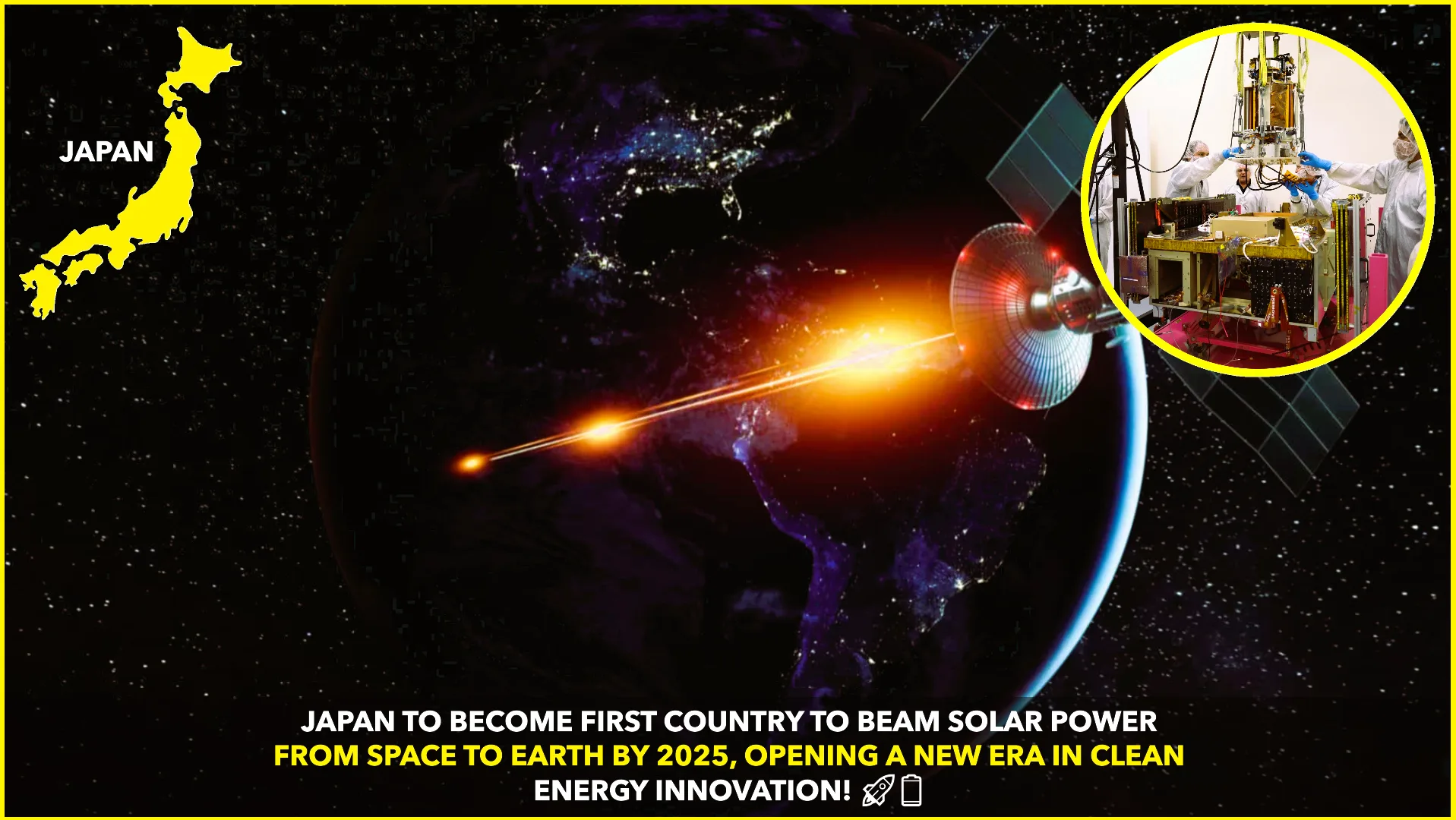As the world intensifies its focus on sustainability and reducing carbon emissions, green energy innovations are at the forefront of this global movement. Renewable energy sources such as solar, wind, and hydropower have become crucial in combating climate change. However, recent breakthroughs in green energy technologies are pushing the boundaries of what is possible, promising a more sustainable and energy-efficient future. This article explores the latest innovations in renewable energy, including advances in solar technology, battery storage, and other cutting-edge developments that are set to revolutionize the energy landscape.
The Rise of Solar Technology
Solar energy has long been a pillar of the renewable energy sector, with its potential to harness the sun’s power being both abundant and sustainable. Recent innovations in solar technology have significantly improved efficiency, cost-effectiveness, and adaptability, making solar power more accessible than ever before.
- Perovskite Solar Cells: One of the most exciting developments in solar technology is the advent of perovskite solar cells. These cells are made from a class of materials that offer high efficiency at a lower cost compared to traditional silicon-based solar cells. Perovskite solar cells are also flexible and lightweight, allowing for a wider range of applications, including integration into building materials and portable devices. Researchers are optimistic that perovskite solar cells could achieve commercial viability in the near future, providing a powerful boost to global solar energy capacity.
- Bifacial Solar Panels: Another breakthrough in solar technology is the development of bifacial solar panels, which can capture sunlight from both sides of the panel. This dual-sided design allows for increased energy generation, especially in areas with reflective surfaces such as snow-covered regions or desert landscapes. Bifacial panels can produce up to 30% more energy compared to traditional single-sided panels, making them an attractive option for large-scale solar installations.
- Floating Solar Farms: As land availability becomes a challenge in densely populated areas, floating solar farms have emerged as an innovative solution. These installations are built on bodies of water, such as reservoirs, lakes, and even oceans. Floating solar farms not only optimize space but also benefit from cooler temperatures, which can improve the efficiency of solar panels. Countries like China and Japan have already embraced this technology, and its adoption is expected to grow globally.
Advances in Battery Storage
One of the biggest challenges in the renewable energy sector is the intermittent nature of sources like solar and wind power. Battery storage technology plays a crucial role in addressing this challenge by storing excess energy generated during peak production times and releasing it when demand is high or when renewable sources are not generating power.
- Solid-State Batteries: Solid-state batteries are emerging as a game-changer in energy storage. Unlike traditional lithium-ion batteries, which use liquid electrolytes, solid-state batteries use solid electrolytes, making them safer, more efficient, and longer-lasting. These batteries have the potential to significantly increase energy density, reduce charging times, and lower the risk of overheating. Solid-state batteries could revolutionize not only renewable energy storage but also electric vehicles, further driving the transition to a low-carbon economy.
- Flow Batteries: Flow batteries are another promising innovation in energy storage, particularly for large-scale applications. These batteries store energy in liquid electrolytes contained in external tanks, allowing for easy scalability and long-duration energy storage. Flow batteries are highly durable, with the ability to cycle thousands of times without significant degradation, making them ideal for stabilizing renewable energy grids and providing backup power during extended periods of low energy generation.
- Hybrid Energy Storage Systems: As the demand for energy storage grows, hybrid energy storage systems are gaining attention. These systems combine different types of batteries, such as lithium-ion and flow batteries, to optimize performance and cost-effectiveness. By leveraging the strengths of each battery type, hybrid systems can provide both short-term power bursts and long-term energy storage, making them versatile solutions for a wide range of renewable energy applications.
Emerging Green Energy Technologies
Beyond solar and battery innovations, several other green energy technologies are poised to make a significant impact on the future of sustainable power.
- Hydrogen Fuel Cells: Hydrogen fuel cells have the potential to revolutionize the energy landscape by providing a clean and efficient way to generate electricity. These cells produce power through a chemical reaction between hydrogen and oxygen, with water being the only byproduct. Hydrogen fuel cells are already being used in a variety of applications, including transportation, industrial processes, and backup power systems. As production methods for green hydrogen (produced using renewable energy) become more efficient and cost-effective, hydrogen fuel cells are expected to play a crucial role in decarbonizing various sectors.
- Advanced Wind Turbine Designs: Wind energy continues to be a major contributor to the renewable energy mix, and recent advancements in turbine technology are enhancing its efficiency and reliability. Innovations such as floating offshore wind turbines, which can be deployed in deeper waters, and bladeless wind turbines, which use vibration to generate power, are expanding the possibilities for harnessing wind energy in diverse environments. These advanced designs are expected to reduce costs and increase the feasibility of wind energy projects in previously untapped regions.
- Energy Harvesting Technologies: Energy harvesting is an emerging field that focuses on capturing and converting ambient energy from the environment into usable power. This includes technologies that harness kinetic energy from movement, thermal energy from temperature differences, and even energy from electromagnetic waves. While still in the early stages of development, energy harvesting technologies hold the promise of powering small devices, sensors, and wearable technology without the need for traditional batteries or power sources.
The Future of Green Energy
The ongoing innovations in green energy technology are paving the way for a more sustainable and resilient energy future. As these technologies continue to evolve and mature, they will play a critical role in reducing global carbon emissions, mitigating the impacts of climate change, and ensuring energy security for future generations.
Governments, businesses, and consumers alike are recognizing the importance of investing in renewable energy and supporting the development of innovative solutions. As green energy technologies become more efficient, cost-effective, and scalable, they will increasingly displace fossil fuels, leading to a cleaner and more sustainable global energy system.
Conclusion
Green energy innovations are driving the transformation of the global energy landscape, offering new solutions to the challenges of sustainability and climate change. From breakthroughs in solar and battery technology to emerging fields like hydrogen fuel cells and energy harvesting, these innovations are set to reshape the future of power generation and consumption. As the world continues to embrace renewable energy, the advancements highlighted in this article will be crucial in achieving a sustainable and low-carbon future.










